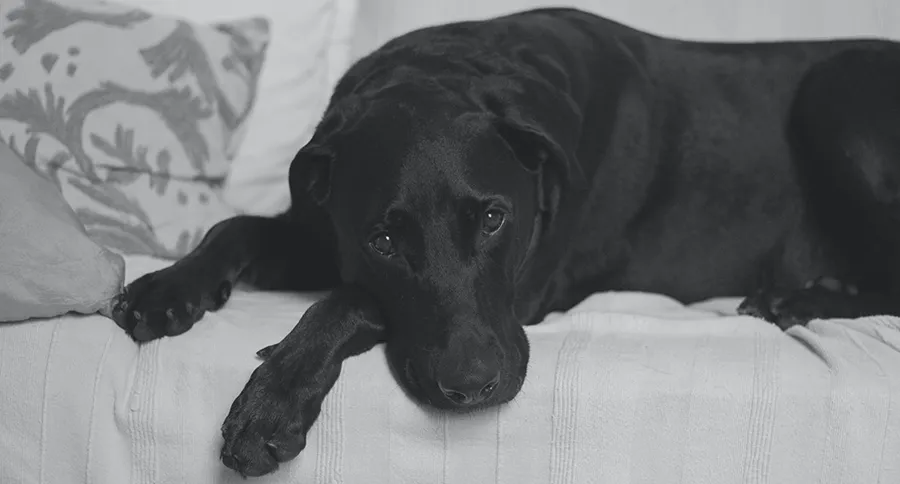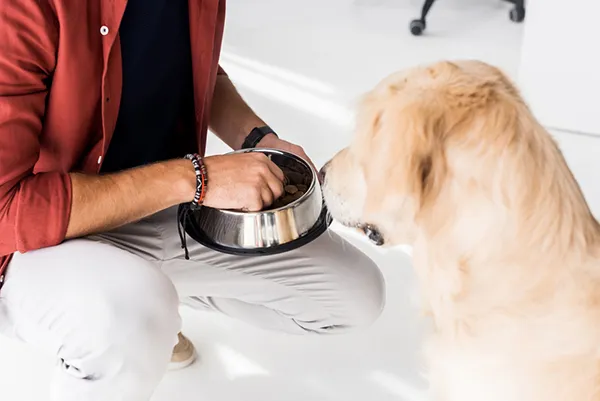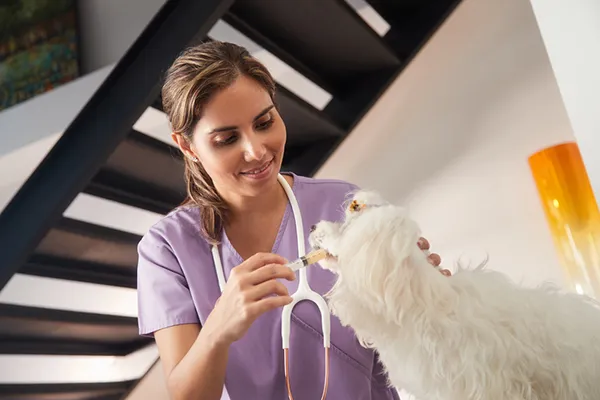Just like people, dogs can lose their appetite when they’re feeling under the weather. If your furry friend skips one meal, it’s usually not a big concern, but prolonged refusal to eat warrants attention. Feeding a sick dog requires patience and the right strategies to encourage eating without causing further harm. In this guide, we’ll explore why dogs lose appetite, when to seek vet help, effective methods to stimulate eating, safe food options, and essential tips on hydration and foods to avoid.
Understanding these approaches can help you support your dog’s recovery while optimizing their comfort. For more on dangerous foods, check out what are all the foods dogs cant eat.
Why Does a Dog Lose Appetite When Sick?
Dogs refuse food for various reasons tied to their health or environment. Common causes include:
- Illness or infection
- Chronic diseases
- Post-surgery recovery
- Grief from losing a companion
- Aging-related changes
- Stress from changes in routine
These factors dull their senses of smell and taste, making regular meals unappealing. Recognizing the root cause is key to addressing it effectively.
When to Contact Your Vet
Not all appetite loss is minor. If your dog shows these symptoms alongside not eating, schedule a vet visit immediately:
- Persistent vomiting
- Lethargy or extreme tiredness
- Unexplained weight loss
- Diarrhea
- Gagging, wheezing, or coughing
Early intervention through exams, X-rays, or lab tests can prevent complications. Vets often recommend monitoring for 24-48 hours but advise professional care sooner if symptoms worsen.
Effective Methods for Feeding a Sick Dog
 Sick lab on white couch
Sick lab on white couch
Getting a sick dog to eat involves trial and error. Start simple and escalate as needed. Here’s a step-by-step breakdown based on veterinary-recommended techniques.
Give It Time to Rest
The first method is patience. Healthy dogs can safely skip meals for 1-2 days if they’re drinking water. Leave food out for grazing, mimicking their natural eating habits. This reduces stress and allows their stomach to settle. Always prioritize hydration—dehydration poses a greater risk than short-term fasting.
Offer Tempting Treats
Introduce novel foods like plain boiled chicken or meat-based baby food (no onions or garlic). These high-value treats can spark interest. Mix small amounts into their kibble to transition back to regular diet. Avoid overdoing it to prevent digestive upset or nutritional imbalances.
Switch Food Brands or Types
If dry kibble is rejected, try a different brand or wet food variety. Sample packs from pet stores help test preferences without commitment. Wet food’s aroma and moisture often appeal more to compromised senses.
Warm the Food
Heating food to body temperature enhances its scent and flavor, countering illness-dulled senses. Microwave kibble or wet food briefly (stir to avoid hot spots), making it more enticing for that crucial first bite.
Add Broth for Flavor
Pour warm, low-sodium chicken or bone broth over meals. This boosts palatability without overwhelming the stomach. It’s especially useful for picky eaters bored with plain food.
Hand-Feed for Comfort
 Owner handfeeding their dog
Owner handfeeding their dog
Hand-feeding builds trust and reassures anxious dogs. Offer small pieces one by one, gradually encouraging bowl eating. This method shines for stressed or weakened pets, as shared by experienced dog owners and vets.
Check Medications and Timing
Some antibiotics suppress appetite—review labels and wait 15 minutes post-dose before feeding. This ensures proper absorption without interference.
Allow Grass Eating in Moderation
 Two brown dachshunds eating grass
Two brown dachshunds eating grass
If your dog seeks grass, permit supervised access. It may induce vomiting to expel toxins. Limit to once or twice; excessive grass eating signals a vet trip. For related risks, see what to do if dog eats grass seed.
Vet-Prescribed Appetite Stimulants
For prolonged refusal, vets may suggest medications mimicking hunger hormones or reducing nausea. Always diagnose the underlying issue first.
Syringe Feeding as Last Resort
After 48 hours without food, use a syringe for broth or liquefied wet food—but only vet-approved. Improper technique risks aspiration; get a demonstration first.
Consult professionals like those at animal hospitals for tailored plans.
Best Foods to Feed a Sick Dog
![]() wet food icon
wet food icon
Certain bland, digestible foods tempt sick dogs while aiding recovery. Prioritize unseasoned options.
Wet Food
Its moisture and aroma make it ideal, plus it supports hydration.
Baby Food
Opt for meat varieties (chicken, turkey, lamb) without harmful additives—easy to digest and nutritious.
![]() baby food icon
baby food icon
Bone Broth
Nutrient-rich and gentle, perfect for nutrient gaps during fasting.
![]() bone broth icon
bone broth icon
Chicken Broth
Mild flavor soothes upset stomachs effectively.
![]() chicken broth icon
chicken broth icon
Shredded Chicken
Boiled, plain, and bite-sized—irresistible protein source.
![]() shredded chicken icon
shredded chicken icon
Chicken and Rice
A veterinary staple: bland, binding for diarrhea.
![]() chicken and rice icon
chicken and rice icon
Pumpkin Puree
Fiber-rich for digestion; 1-4 tablespoons of plain canned pumpkin daily.
![]() pumpkin icon
pumpkin icon
Other healthy adds like cooked eggs or omega-3 sources benefit long-term, per vet guidance. Avoid meats that could harm—explore what meat can dogs not eat.
Prioritizing Water Intake
Water trumps food for survival—dogs endure 5-7 days without eating but only 3 without fluids. Encourage drinking via ice cubes, finger-offered water, or vet-approved electrolyte solutions. Watch for dehydration signs: dry gums, sunken eyes, skin tenting, lethargy.
 Golden retriever laying on bed
Golden retriever laying on bed
Foods to Absolutely Avoid
Rich or toxic foods exacerbate illness. Steer clear of:
| Toxic Food | Risks |
|---|---|
| Xylitol | Hypoglycemia, liver failure |
| Avocado | Obstruction, toxicity |
| Grapes/Raisins | Kidney failure |
| Chocolate/Caffeine | Vomiting, death |
| Onions/Garlic | Anemia |
| Alcohol | Respiratory failure |
| Dairy | Diarrhea |
| Raw meats/eggs | Parasites, bacteria |
For full lists, visit what meat should all dogs avoid or what meat is toxic for dogs.
FAQs on Feeding Sick Dogs
How long before feeding after vomiting? Wait 12 hours post-last episode; vet if persistent.
Force-feeding safe? Only vet-guided after 48 hours.
 Tech force-feeding dog
Tech force-feeding dog
Does illness affect smell? Yes, via infections or dry nose.
How long without food? 3-5 days max; prioritize water.
What to Do After 48 Hours Without Eating
Immediate vet care is crucial—diagnose and treat to avert serious issues. Comfort your dog with a quiet space meanwhile.
In summary, feeding a sick dog blends patience, tempting foods, and vigilance. Monitor closely, use these methods, and consult vets for personalized advice. Your proactive care can speed recovery—share your experiences in comments and explore more dog health tips!
References:
- American Kennel Club (AKC) nutrition guidelines
- PetMD on appetite stimulants
- Veterinary hospital protocols (e.g., Dr. Phillips Animal Hospital)
